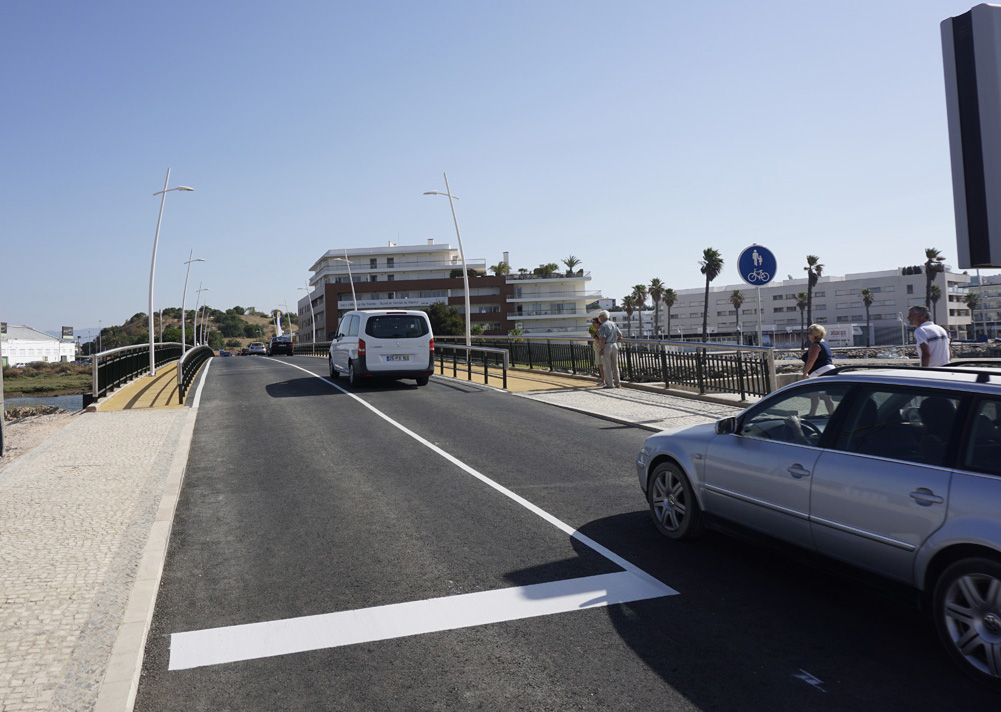
The Ponte D. Maria, in Lagos, reopened yesterday at night, it was 22 pm sharp, for car circulation. “Three years and six months later, the bridge once again unites the two sides of the city”, stresses the Lacobrigense City Council, responsible for this work, which cost around one million euros.
The rehabilitation of the bridge, considered «a work of vital importance for the Municipality, in addition to consolidating the urban cohesion of the city itself», facilitates the circulation between the two banks of the Bensafrim stream, and is «an added value for the tourism and for the thousands who visit Lagos every year».
The work, with a total value of 1.093.247,95 euros (VAT included), has a contribution of around 65% by community funds (operation financed under the PO Algarve 21 – Axis 3 – Territorial Enhancement and Urban Development / Mobility Territorial), with the remaining amount provided by the municipality.
Chamber resident Maria Joaquina Matos expressed her “enormous satisfaction at the fact of having been able to respond to a great desire of the population”, recalling that the fact that the application presented was approved was greatly contributed to this outcome. the close collaboration between the services of the Chamber, the municipal company Futurlagos, the contractor Extraco – Construccións e Proxectos SA, the inspection firm, GSET – Global Serviços e Engenharia Total Lda, the design team, Consulmar – Projetistas e Consultores Lda and other consultants who participated in several areas of intervention.
The mayor took this opportunity to thank the collaboration of the various entities throughout the process, namely the Algarve Regional Coordination and Development Commission, the Portuguese Environment Agency, the Algarve Regional Directorate of Culture, the company Águas do Algarve and to EDP.
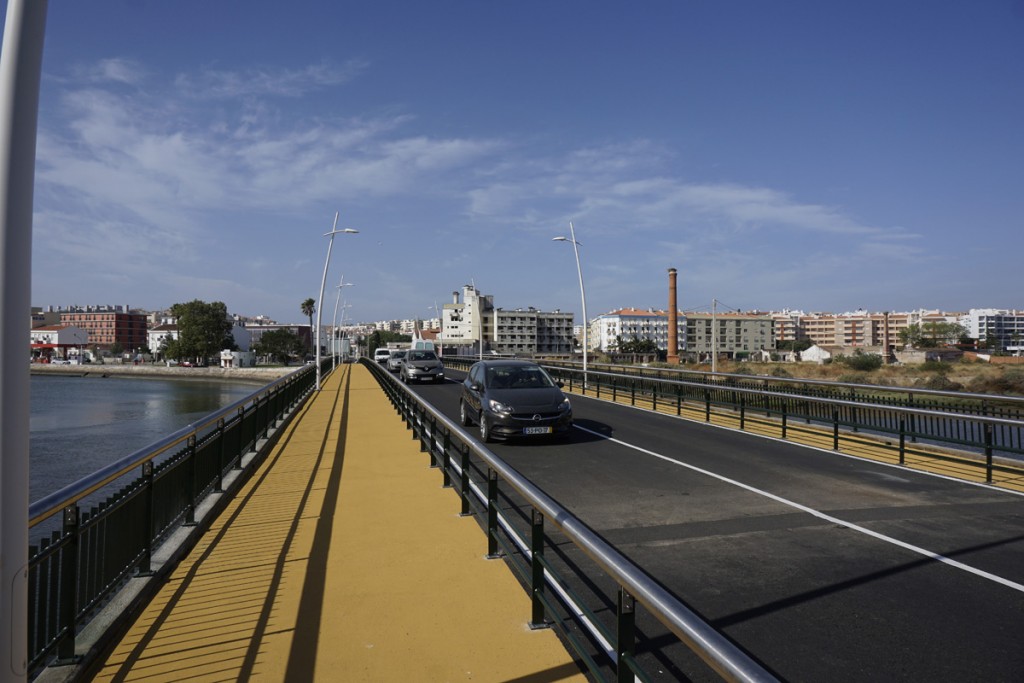
The work included the structural reinforcement of the Bridge pillars through the execution of micro-piles, the architectural rehabilitation of the work of art, the construction of a new deck and the repositioning of water and sewer pipes and telecommunications infrastructure under it.
The new bridge deck of Ponte D. Maria now has a total width of 11,75 meters, comprising a bidirectional carriageway with a useful width of 6,50 meters, sidewalks of generous dimensions on both sides, thus allowing the mixed option pedestrian/bike path.
The sidewalks were leveled with the carriageway, but physically separated from it, a solution that offers flexibility to, in case of need, reformulate the space on the deck and create another carriageway.
For the municipal executive, the completion of this work is considered «a relevant milestone for Lagos», as it allows «to resolve a situation of accessibility, vital for the connection between banks and the proper functioning of equipment (school and others), of hotel units, companies and commerce, the Marina and port and railway infrastructures, which, since 2012, had been feeling some loss in their activities».
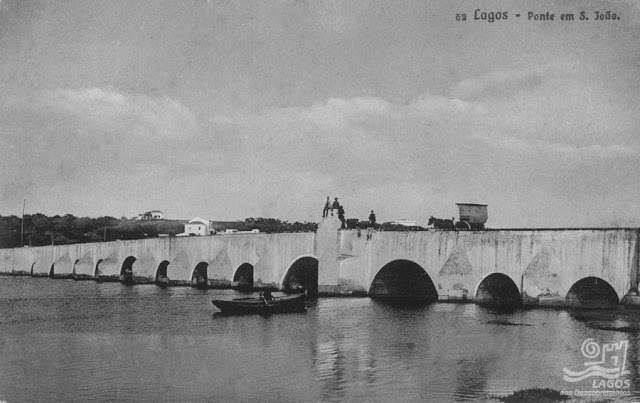
Some historical data about the D. Maria II Bridge, in Lagos:
Bridge over twelve semicircular arches, with uneven spans, in plastered and whitewashed brick masonry, supported by pyramidal carvings downstream and upstream, with a level board, iron grating.
Paved by tarmac with two lines of traffic crossing the Ribeira de Bensafrim. Some sources indicate that, originally, it had 13 arches.
XNUMXrd-XNUMXth century – construction of the bridge (of Roman origin)
1618 - conservation works
1755 – ruined by the earthquake of 1 November
1805 – three arches destroyed due to floods in November of that year
1807 - completion of repairs
1958/1960 – construction of the current board based on 12 arches
2012 – February: closure due to danger of collapse
2015 – 10 August – reopening of the bridge, after extensive conservation and requalification works
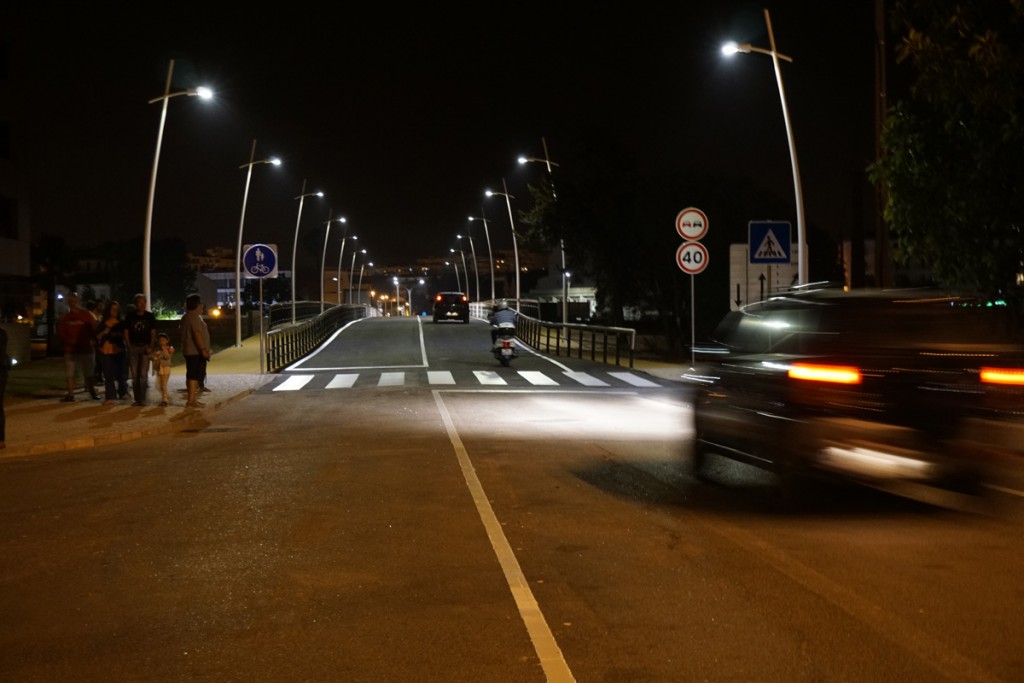
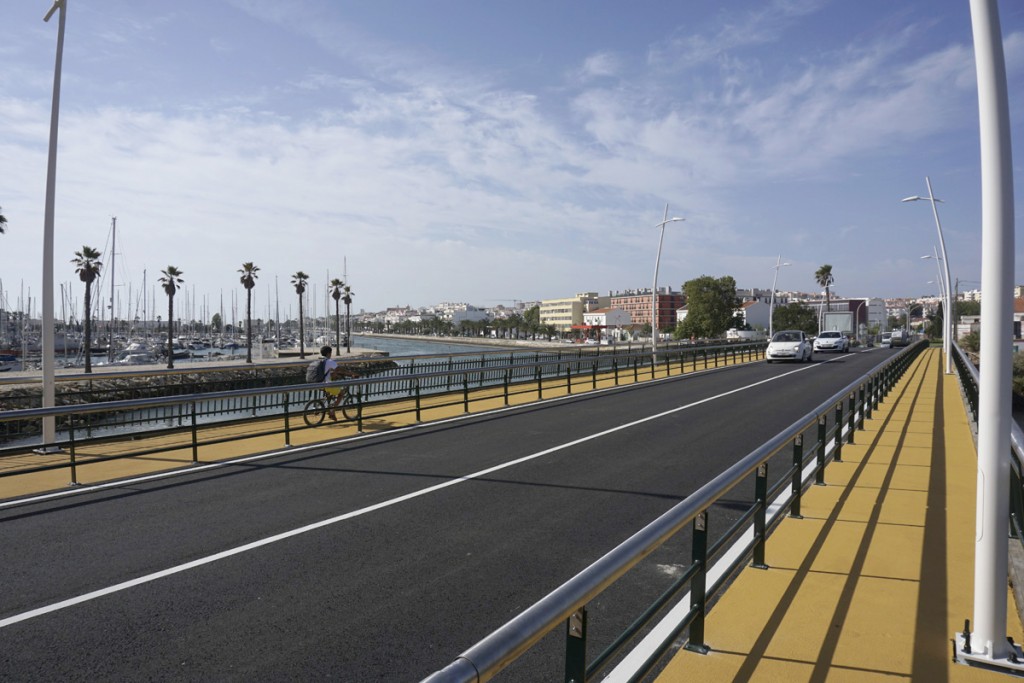
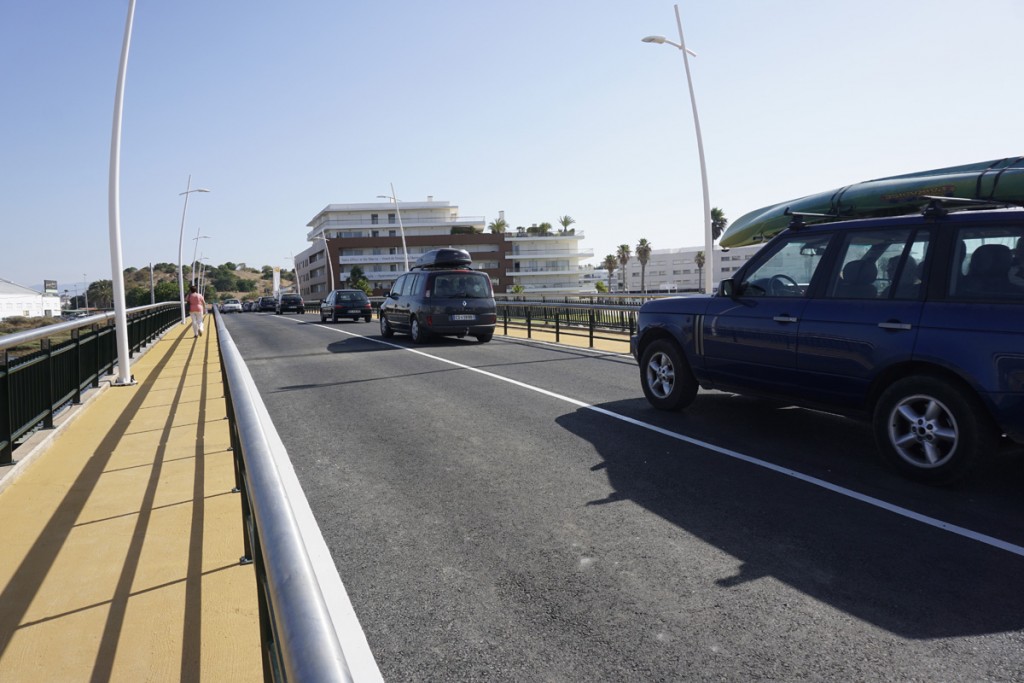
















Comments